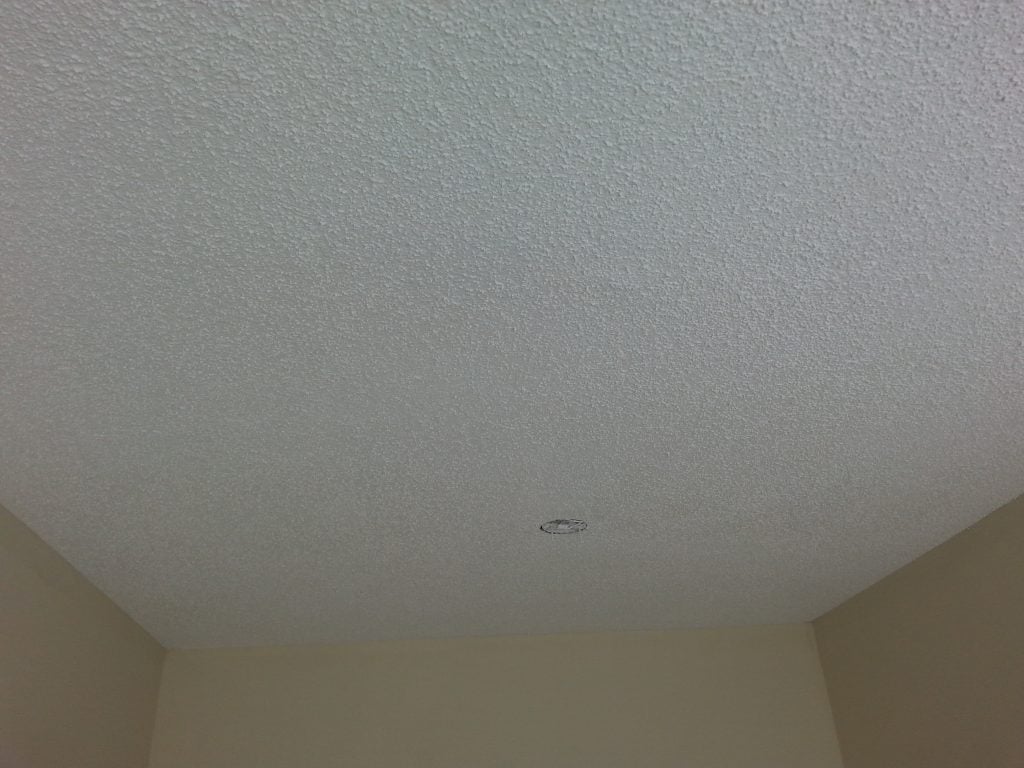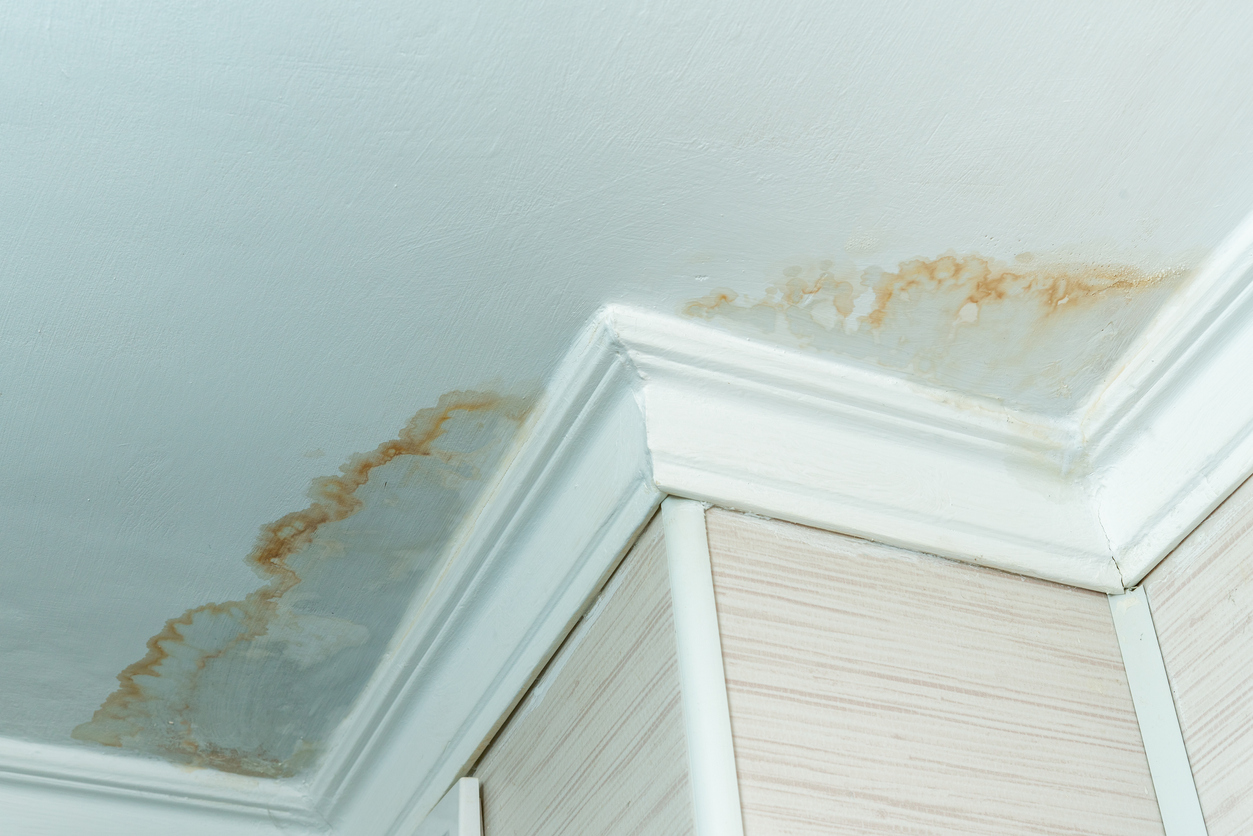Surface Leak Detection and Fix - A Detailed Advice
Surface Leak Detection and Fix - A Detailed Advice
Blog Article
In this article in the next paragraph you will discover additional really good resources pertaining to Indicators of Water Damage Behind Walls.

Water discolorations on wall surfaces are not positive to the eyes. Your residence should lack discolorations on the wall surfaces, roof covering, or floorings. That is the ideal state of a home and its structures. In some cases it appears virtually unpreventable to experience water discolorations on walls in homes.
Property owners residing in humid areas continuously handle the fear of water spots on wall surfaces. But that does not need to be the case for you. With accurate and all-round information on the sources of water spots as well as punctual fixing procedures, you will always be a step ahead of such events. This post assures to be a helpful overview for you.
3 Common Root Causes Of Water Discolorations on Wall Surfaces
In contrast to common belief, water stains on wall surfaces do not constantly come from poor building materials. There are numerous reasons for water stains on walls. These consist of:
Wet
When hot damp air meets dry cold air, it triggers water beads to form on the walls of structures. When there is steam from cooking or showers, this happens in kitchen areas and also shower rooms. The water droplets can discolor the bordering walls in these parts of your residence and spread to other areas.
Wet or condensation affects the roof covering and wall surfaces of buildings. This triggers them to show up darker than other areas of the residence. When the wall is wet, it produces an appropriate atmosphere for the development of fungi as well as microorganisms. These might have adverse impacts on wellness, such as allergic reactions and also breathing disorders.
Poor Drainage
This will avoid water from leaking right into the wall surfaces. This links to too much moisture that you notice on the walls of your structure.
So, the leading root cause of wet walls, in this case, can be a bad water drainage system. It can likewise result from poor management of sewer pipelines that go through the structure.
Pipe Leaks
The majority of homes have a network of water pipelines within the walls. It always raises the feasibility of such pipes, as there is little oxygen within the walls.
Yet, a downside to this is that water leak impacts the walls of the structure as well as causes extensive damage. An indication of malfunctioning pipes is the look of a water stain on the wall surface.
Pro Pointer
A houseplant in your home likewise increases its humidity. If the home is currently damp, you might want to present houseplants with very little transpiration. An example of suitable houseplants is succulents.
Water Spots on Wall Surface: Repair Service Tips
Property owners would generally desire a quick fix when handling water spots. They would quickly realize this is disadvantageous as the water stains persist. So, here are a few practical tips that will direct you in the fixing of water stains on walls:
Verdict
No one wants to have water spots on walls in their home, it can happen to the best of us. This short article provides you take advantage of, as you now recognize just how to manage this problem if it does take place.
It is always best to recruit professional services to help fix the problems in your house.
Occasionally it seems almost inevitable to experience water stains on walls in residences.
In contrast to preferred belief, water spots on walls do not always stem from inadequate building products. There are numerous causes of water spots on walls. The water droplets can tarnish the bordering walls in these components of your house as well as spread to other locations.
Below are a couple of valuable suggestions that will certainly direct you in the repair of water discolorations on wall surfaces:
How to Remove Water Stains From Your Walls Without Repainting
The easy way to get water stains off walls
Water stains aren’t going to appear on tile; they need a more absorbent surface, which is why they show up on bare walls. Since your walls are probably painted, this presents a problem: How can you wash a wall without damaging it and risk needing to repait the entire room?
According to Igloo Surfaces, you should start gently and only increase the intensity of your cleaning methods if basic remedies don’t get the job done. Start with a simple solution of dish soap and warm water, at a ratio of about one to two. Use a cloth dipped in the mixture to apply the soapy water to your stain. Gently rub it in from the top down, then rinse with plain water and dry thoroughly with a hair dryer on a cool setting.
If that doesn’t work, fill a spray bottle with a mixture of vinegar, lemon juice, and baking soda. Shake it up and spray it on the stain. Leave it for about an hour, then use a damp cloth to rub it away. You may have to repeat this process a few times to get the stain all the way out, so do this when you have time for multiple hour-long soaking intervals.
How to get water stains out of wood
Maybe you have wood paneling or cabinets that are looking grody from water stains too, whether in your kitchen or bathroom. Per Better Homes and Gardens, you have a few options for removing water marks on your wooden surfaces.
You can let mayonnaise sit on your stain overnight, then wipe it away in the morning and polish your wood afterward. You can also mix equal parts vinegar and olive oil and apply to the stain with a cloth, wiping in the direction of the grain until the stain disappears. Afterward, wipe the surface down with a clean, dry cloth. Try placing an iron on a low heat setting over a cloth on top of the stain. Press it down for a few seconds and remove it to see if the stain is letting up, then try again until you’re satisfied. (Be advised that this works best for still-damp stains.) https://lifehacker.com/how-to-remove-water-stains-from-your-walls-without-repa-1849742925

As a person who reads about How to Remove Water Stains from Walls and Ceilings, I thought sharing that chunk was essential. I beg you take a moment to promote this post if you enjoyed reading it. Thanks for your time. Kindly pay a visit to our site back soon.
Best in town? Dial. Report this page